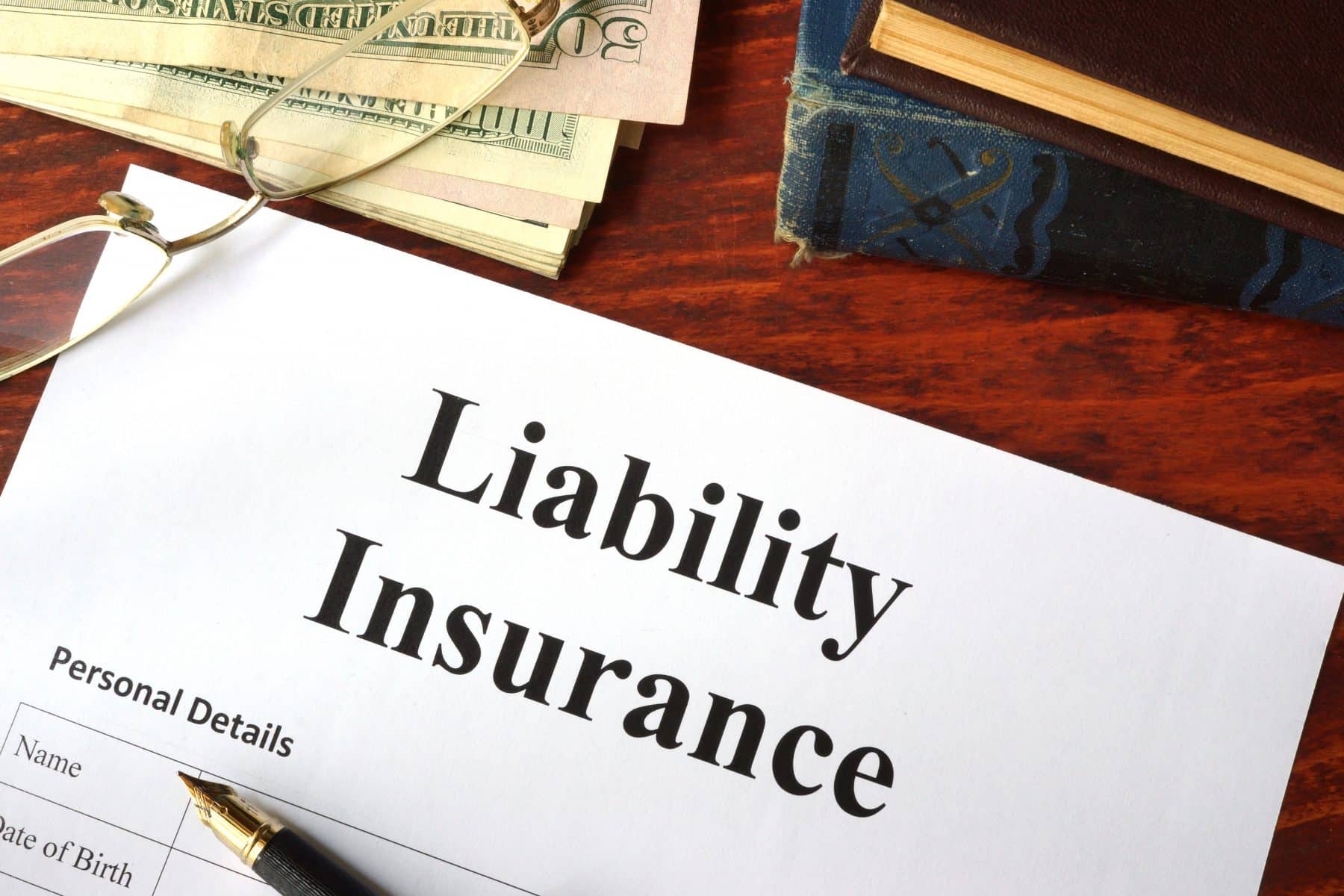Call Us Today (877) 943-0100
Understanding COIs – Certificate Holder vs. Additional Insured
COI Management | May 4, 2020
Financial risk arising from unplanned accidents is a common occurrence in the world today. In order to mitigate these risks and safeguard your business, a liability insurance policy is an important investment. Having a Commercial Liability Policy (CGL) on a Certificate of Insurance helps protect against the risks when working with contractor networks.
Companies who wish to contract with an independent contractor for their services will typically stipulate within the terms and conditions of their contract certain insurance requirements, such as requiring a policyholder to list them as an additional insured to their policy, to mitigate their risks in the event of a negligent incident committed by the independent contractor that has a financial impact (i.e. causes injury to a third party/customer or property damage) and a claim needs to be created against the contracted company’s (policyholder) general liability policy.
When going to verify proof of additional insured, it is common for people to confuse what would be considered a certificate holder insurance rather than an additional insured on a certificate of insurance. Knowing the difference is important.
Certificate Holder vs. Additional Insured: What’s the difference?
The certificate holder named on a policy will receive a copy of the policyholder’s certificate of insurance (COI), which verifies insurance and usually contains information on the type and limits of coverage. The entity will be listed in the CERTIFICATE HOLDER section of the COI.
Certificate holders are more likely to be notified or receive notifications in case of changes, annual renewal, or cancellation of the policy by the policyholder. However, they are not authorized to make a claim under the policy.
The entity that does have the rights and authorization to make a claim is the additional insured. On COI’s, additional insured entities are indicated in these two ways: By an X or checkmark in the ADDL INSR box on the General Liability section of the COI, and/or the additional insured entity is named in the DESCRIPTION OF OPERATIONS section.
As an additional insured, you may receive notices that coverage has been canceled from the insurance carrier. However, you are more likely to receive notices of cancellation and changes in coverage from the insurance broker if you are a certificate holder as well.
Contents are provided for information purposes only and should not be construed as legal advice. Users are reminded to seek legal counsel with respect to their obligations and use of PlusOne Solutions services.
You may also be interested in:
- 11 Ways to Improve Service Network COI Management
- 6 Benefits of Outsourcing Your Certificate of Insurance (COI) Management Program
- Steps to Ensure Better Coverage of Additional Insured Endorsement
About PlusOne Solutions
PlusOne Solutions has been an industry leader in the risk management field by specializing in compliance programs that meet the complex challenges of geographically dispersed contractors, vendors, and employee networks. PlusOne Solutions protects companies from possible financial, legal, and reputational risks associated with contractor and vendor relationships while creating safer work environments. To learn more, visit https://plusonesolutions.net.
To receive these updates directly in your email inbox, sign up for the newsletter. Questions or comments? We want to hear from you.
6 Benefits of Outsourcing Your Certificate of Insurance Management Program
You already know managing Certificates of Insurance (COI) is a crucial part...
Read MoreWhat Type Of Insurance Should A Contractor Have? Types of Insurance to Track for Your Contractor and Vendor Networks
If you are searching “what type of insurance should a contractor have?” ...
Read More11 Ways to Improve Service Network COI Management
Protecting your organization when working with third-party contractors can be complicated. There...
Read More




